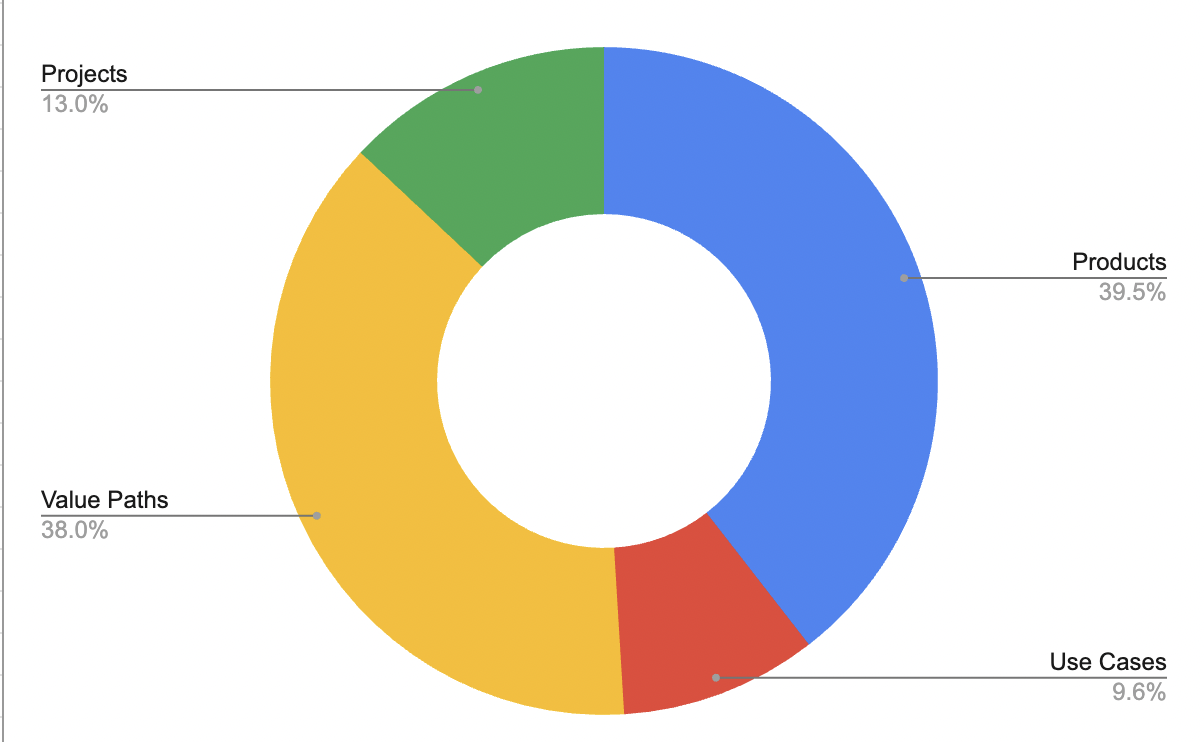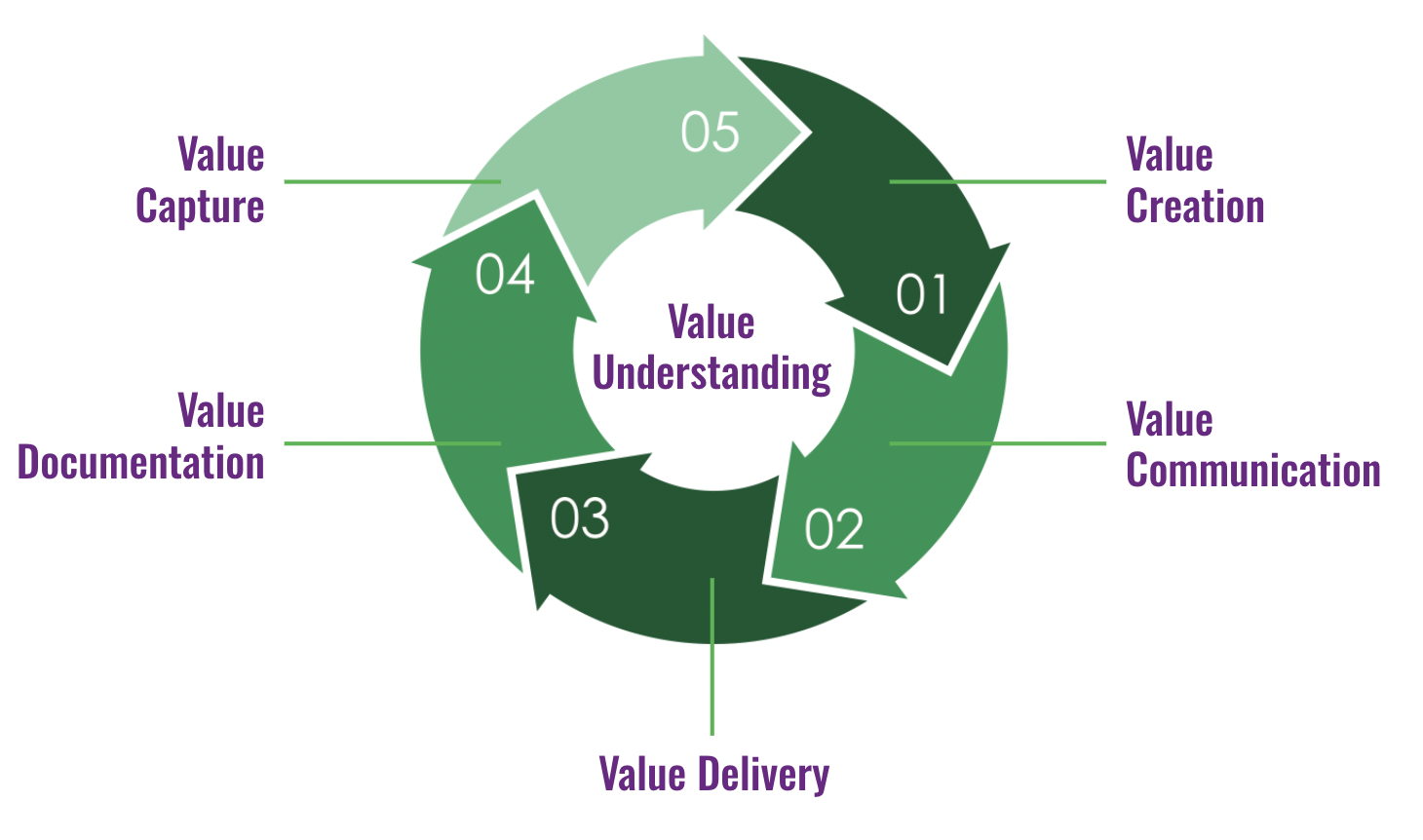What to price? Products, Use Cases, Value Paths - Poll Results
Steven Forth is a Managing Partner at Ibbaka. See his Skill Profile on Ibbaka Talio.
We seem to have struck a nerve in our recent post What to price? Products, Use Cases, Value.
Yesterday (February 13) we shared a short LinkedIn poll asking …
“Our pricing is organized around ..,
Products
Use Cases
Value Paths
Projects
We shared this on the Software as a Service - SaaS Group, the PDMA (Product Development and Management Association) Group, the Professional Pricing Society Group, the Design Thinking Group and Steven Forth’s personal feed. In less than 24 hours we got more than 330 responses.
Before we look at the poll results, let’s define some terms. In the intro to the poll we said …
What do you price?
There are many ways to organize pricing. What approach is your company taking?
Here are some thoughts on when to price products vs. use cases vs. value paths.
We gave more context in our article (which also had a lot of traffic though there is no way to know if this was the same people who took the poll).
Product: A package of functionality, organized using one of the ten packaging patterns (which includes Good Better Best and Platform + Extensions).
Use Case: we are using the term in the business sense, not the narrow software engineering sense, to describe the problem the buyer needs to solve. We also put this in the context of the Jobs-to-be-Done framework.
Value Path: a series of actions beginning (and ideally ending) on your solution that results in something of value.
Project: a discrete unit of work with a beginning and end.
Value-based pricing can be, and is, applied to all of these approaches.
So what did we find out?
This is for an N of 334. I was surprised by two things.
How many people responded (this is more than twice as many people who generally respond to polls in these groups)
How many people say they are pricing value paths
Almost the same number of people say they are pricing value paths as are pricing products. I find that hard to believe.
I dug a bit deeper to see how the people who say they are pricing value paths are distributed across the groups.
OK, this makes a bit more sense. Most of the people who say they are using value paths for pricing are from the Professional Pricing Society (PPS) and the Design Thinking Group. People in PPS who responded to this poll are among the leaders in the pricing world and keep up with the latest approaches. People in the Design Thinking Group are more engaged in product design and development. They are used to working with customer journey maps and the value path approach is closely associated with customer journey mapping. At Ibbaka we add swimlanes to the customer journey for value communication, value delivery, value documentation and value capture (pricing).
The groups that matter the most here are the SaaS Group and the PDMA Group.
Here the number of people using value paths is about 11% (even this seems high to me). For these people Product Pricing dominates, 80% for the PDMA and 70% for SaaS. This seems about right based on other data Ibbaka has collected.
Over the next few years we expect to see pricing for Sales Led Growth and Service Led Growth companies to shift from Product Pricing to Use Case and Value Path pricing. This poll makes me think that Value Path pricing will become the standard practice. Value Path pricing works best when …
There are only a few value paths that need to be priced (3-5)
Value paths can be connected to create value journeys
The value path is underpinned with a formal value model
Sales is equipped with the tools it needs to sell value
Customer success is able to document value
Given the headwinds that SaaS companies face today the ability to organize around value and use, which is what value path pricing does, is a winning pricing strategy.






